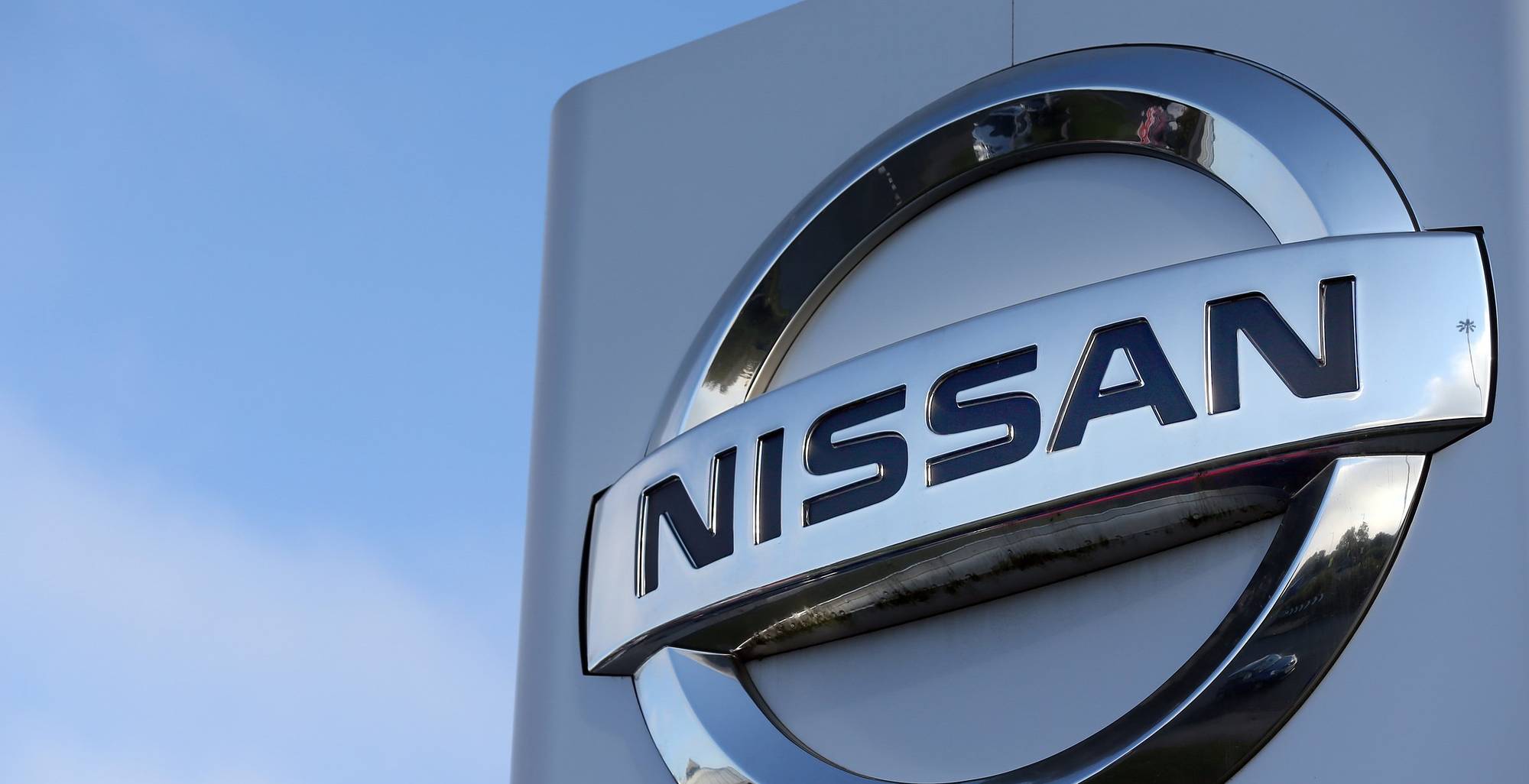Funding strategies to beat interest rate volatility

With interest rates rising as central banks try to contain inflation, a difficult balancing act is in progress.
While smooth and cheap access to liquidity has been a key growth driver for many organisations around the world, the recent surge in the 10-year US treasury yields from 1.5% at the start of the year to now just under 4% pose a significant risk for corporations. Speaking at the 2022 EuroFinance Treasury Management International in September, treasurers at two preeminent organisations shared their strategies to smoothly ride the volatility in funding markets.
Who’s funding who?
Consider the world’s largest warehouse operator, Prologis, which develops & leases warehouses across nineteen countries around the world. At 9/30/2022, the company had approximately $18 billion of debt on its balance sheet and was roughly 21% levered on the market cap basis and 30% on gross book value. Prologis builds warehouses and either holds them on its balance sheet or contributes them to the nine joint venture vehicles, both private and public. This recycling model helps the company free up capital for further growth while providing institutional investors like pension, endowment, and sovereign funds an opportunity to invest directly in industrial real estate without the hassles of property management.
“We offer investors an opportunity to invest in industrial real estate via these funds and preserve our own balance sheet capacity for other growth opportunities.” Regina Ochev, SVP, treasury at Prologis told delegates at the conference.

At the end of September 2022, the gross book value of the operating portfolio held by these co-investment ventures was approximately $56 billion across 562 million square feet.
On the other hand, the Japanese multinational automobile manufacturer, Nissan, like other automobile manufacturers, operates a sales finance business, wherein it borrows money to finance the sale of vehicles to customers and dealers.
Presently, the company holds assets worth $35 billion in the US, out of which approximately $30 billion are funded using debt instruments like commercial papers, bonds, term loans, asset backed securitization and conduits.
However, with the majority of assets on shorter duration loans and leases, the treasury team has to go to the market every year to fund $10 billion, or a third of its debt using different funding vehicles.
The balancing act
For the treasury team at Nissan, managing an automobile sales finance portfolio involves a balancing act between cost and reliability of financing.
Victor Pausin, Americas treasurer at Nissan Motors told delegates that vehicles sold by Nissan are funded for an average duration of three years and therefore the treasury team uses a mix of short and long term financing instruments in order to match the duration of assets.
After the onset of Covid-19, while the cost of short term funding using instruments like commercial paper were at rock bottom, it didn’t mean that the treasury team at Nissan would completely skew their funding portfolio to a short term source due to significant reliability issues.
“During the COVID crisis, the first funding vehicle to disappear was commercial paper… you were expecting to trade the usual $100-$200 million and suddenly in a heartbeat there is no supply in the market” said Victor Pausin, Americas Treasurer at Nissan Motors.
Therefore, treasurers striked a balance between short term instruments to take benefit of lower costs and long term instruments to ensure that their assets are backed by reliable sources.
The treasury team continues to strike that balance as the short term instruments become more expensive than long term instruments after the benchmark rate hikes by the Federal Reserve to tame inflation.
As of September 2022, 42% or $21.3 billion of the company’s borrowing was sourced from short-term instruments as compared to 58% or $29.9 billion using long term instruments like bonds.

The treasury team can also change the mix of financing to mitigate the interest costs, either by using more secured asset backed securities as opposed to costlier unsecured financing or by raising funds using longer duration as compared to shorter duration funds which presently carry a higher benchmark interest rate.
On the other hand, the weighted average life of a real estate project is generally longer, and therefore, completely changes how the treasury team at Prologis manages this situation.
After experiencing the havoc of the 2008 financial crisis, Ochev highlights the importance of de-risking balance sheets during the times of rising interest rates by keeping Debt/EBITDA ratio capped at 6-6.5x. When coupled with ample liquidity, this can help the company take advantage of opportunities when the overleveraged players are out of the market.
“The fact that interest rates are getting to reasonable levels actually makes us a lot more competitive and allows us to buy good products at reasonable prices…the work that we’ve put into our balance sheet over the last decade is now paying off.” Ochev further said.
Meanwhile, both treasurers also manage a portfolio of interest rate swaps to lock in the interest on their variable rate debt. Prologis held swaps for a notional value of $447 million at the end of September 2022, as compared to only $165 million at the start of the year. These instruments are sufficient to cover 20% of the company’s floating rate debt.
While Nissan doesn’t disclose the notional amount of interest rate swaps in its corporate filings, Pausin confirmed at delegates that the treasury team manages a portfolio of swaps to convert the variable interest cost on a majority of company’s floating rate term loans.
The current environment highlights the importance of the treasury team as risk managers for the company, wherein they can use their available tools and resources to de-risk businesses and set them on a growth trajectory during the coming business cycles.